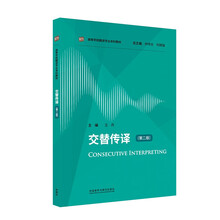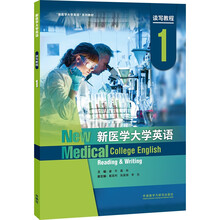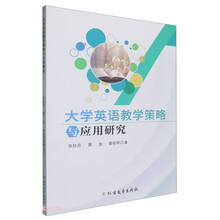Reading from Manuscript
As the name suggests, reading from manuscript means reading from fullyprepared written text, word by word. This method is often used in situationswhere absolute accuracy is essential. Politicians and business leaders find thismethod more helpful because it can help them avoid being misquoted or misinterpreted.They want to communicate exact information.
However, it can be boring to listen to a speaker who reads word by wordfrom a manuscript. Reading restricts eye contact and body movement, and maylimit expressiveness in vocal variety, too. Consequently, the quality and effectivenessof the speech delivery can also be limited.
To overcome the disadvantages and increase your expressiveness, you shouldpractice reading the manuscript often and become familiar with it before the delivery.Reciting from Memory
By this method, the speech is delivered entirely from memory. Since itsneither customary nor necessary to memorize an entire speech in real life, thismethod is rarely used except for some special or brief speeches such as speechcontests, short toasts, congratulatory remarks, introductions, etc. Besides,reciting from memory can be boring if the speaker keeps gazing at the ceiling,trying to recall what he/she has memorized, rather than concentrates oncommunicating with the audience and conveying enthusiasm and directness.
展开










